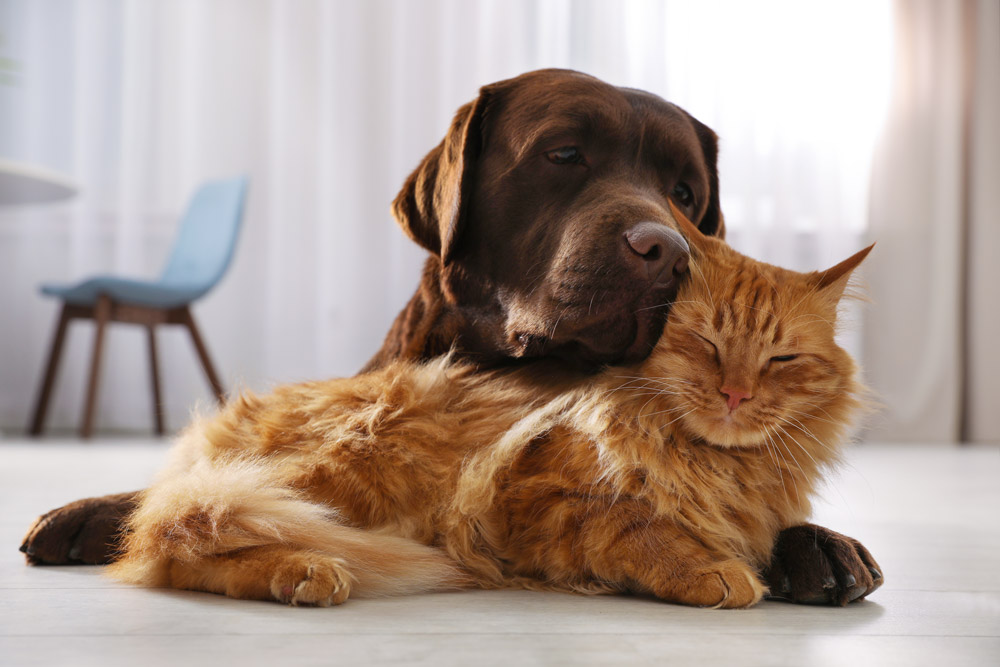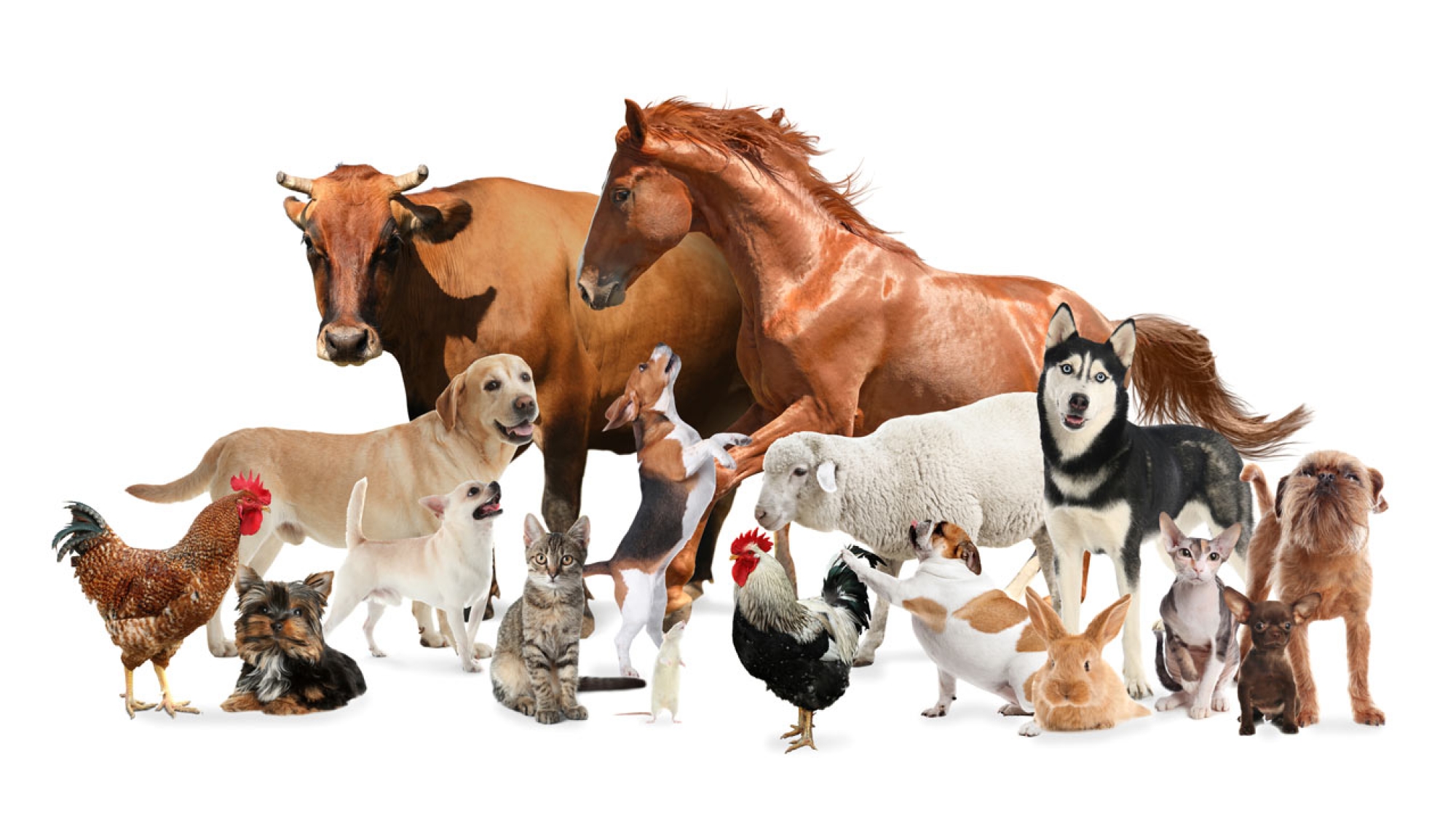Real World Animal Farm (Pigs Still Get The Best Of It)
Years ago my husband and I bought a ranch in Nevada. It sat at the base of a massive 10,000 foot peak in the Sierra Nevada Mountains and was graced with a rushing stream that ran right by the dining room and into a pond of trout below. I never slept one night inside that house, instead preferring the out-of-doors, even on nights when it was down near zero. I started by sleeping on the first night on the bank of the stream but when I got up that next morning, I noticed a fresh mound of dirt a couple of yards away. I showed it to an old timer who lived nearby, and he said that a mountain lion had killed a deer and buried it there for a future meal. I prudently moved myself and my tent near the house that same day, not wanting to get too up-close and personal with a mountain lion.
That same morning, while unpacking, I noticed heads bobbing through the trees up the mountain. I realized these folks were on horseback, and I rushed out to meet them, begging them to let me get on. I had always wanted to learn to ride, having never been on a horse. They were friendly neighbors, and said “you bet” in typical Nevadan fashion, inviting me to their cutting ranch just across the way. I had never seen a horse up close, and I for sure did not know what cutting was, but soon learned it meant that the horse was trained to “cut” the cow from the herd in an incredibly quick lateral move. I also learned cutting was the fastest way to violate the cardinal rule of always keeping the horse between you and the ground! Nevertheless, as soon as I met a horse, I was head-over-heels in love. I abruptly quit my lawyer job and devoted myself to horses, not something that usually happens in your mid-40s. I had only had my first horse, Influence, a couple of days, and took him out for a ride in the mountains. After an hour, he stopped and said, “It’s too hot and my feet hurt.” I heard him clearly. I got off and stood in front of him. Looking into his eyes, I asked if I had heard him correctly. He winked. We turned around and headed home.
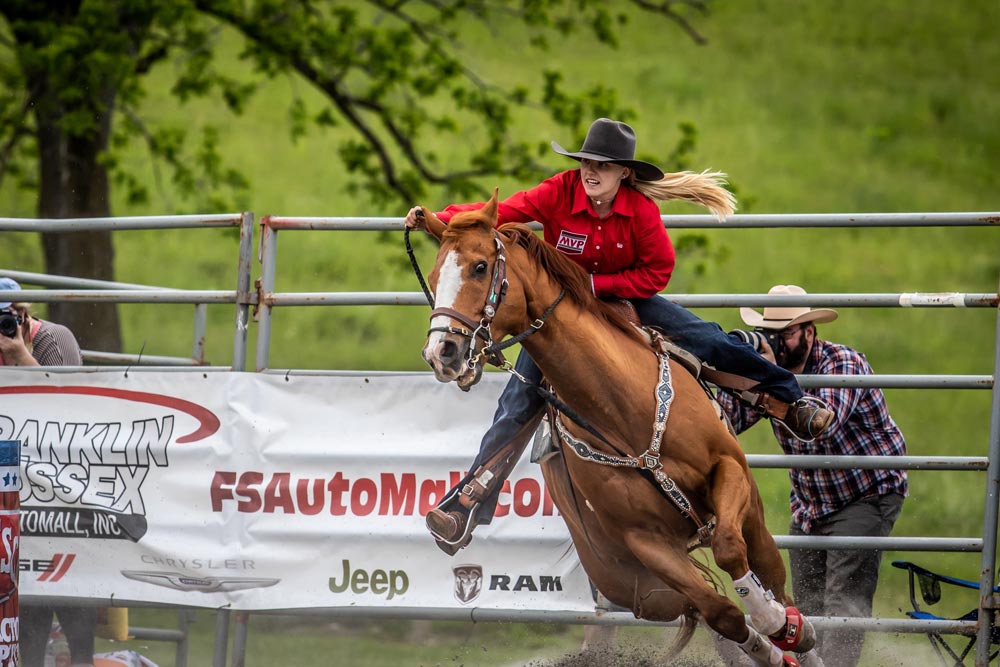
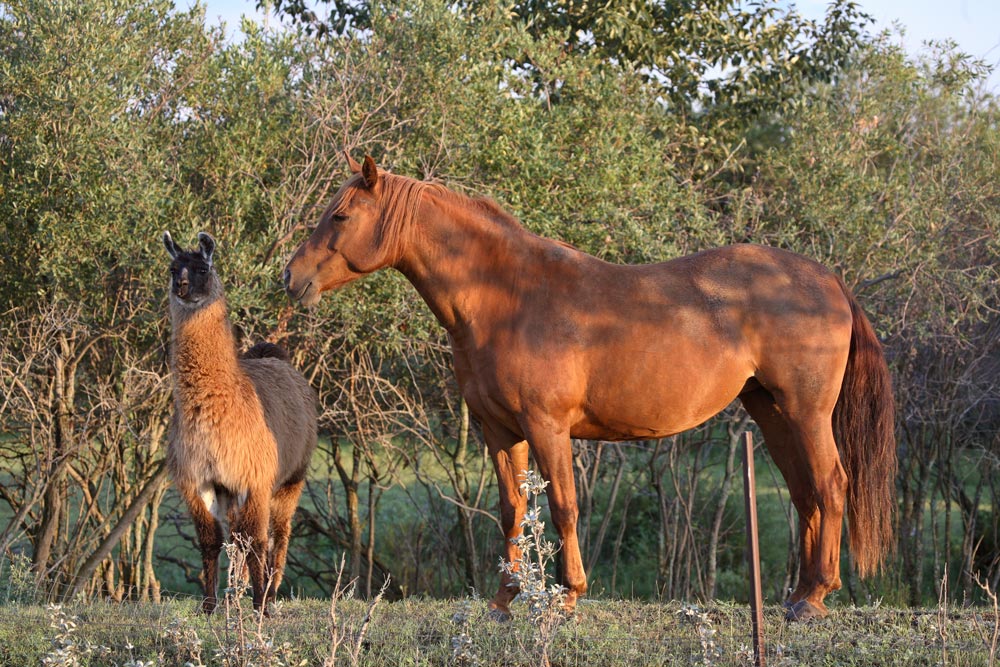
Ours was a small ranch, just under 5 acres, but over time we built a community of animals, all of whom had been earmarked for slaughter. The people down the street were raising llamas, and the next thing I knew we had raised a dozen of them.
Influence used to chase the llamas, purely for fun. We got him a pony so he’d know he was a horse. Influence would see cattle out on the range while we were riding in the back-country, and be frightened of them. That’s how we wound up with Bessy; our horse needed a cow. We brought Bessy home when she was only a day old, rejected by the cattle rancher because she had a bad foot, and bottle-fed her. Eventually, Bessy weighed in at 1600 pounds.
Influence was also afraid of peacocks and ostriches, so we got one of each. Then came Mr. Goat, who was earmarked for the slaughterhouse; he used to follow me up the trail when I rode Influence.
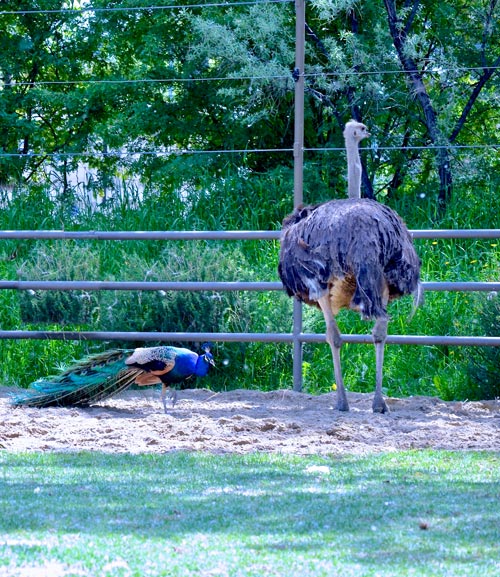

The menagerie grew with barnyard animals that the local ranchers didn’t want to keep because they had a defect: like the little piglet, the runt of the litter, who we called “Piggy,” who I kept, much to the consternation of our German Shepherd, Emma, in a bassinet in the house. Influence was also a tiny bit jealous of the piglet, telling me that he, too, could be perfectly comfortable sitting on the couch in the evening and munching on popcorn.
Chickens wandered about freely, wild geese hung out at the pond, and we had the requisite number of dogs and cats.
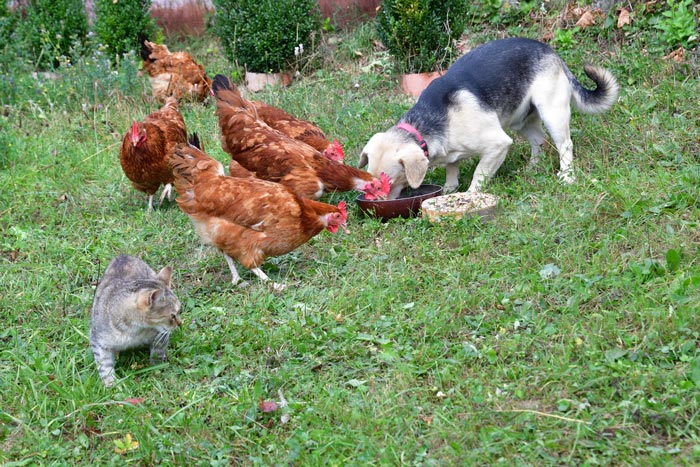
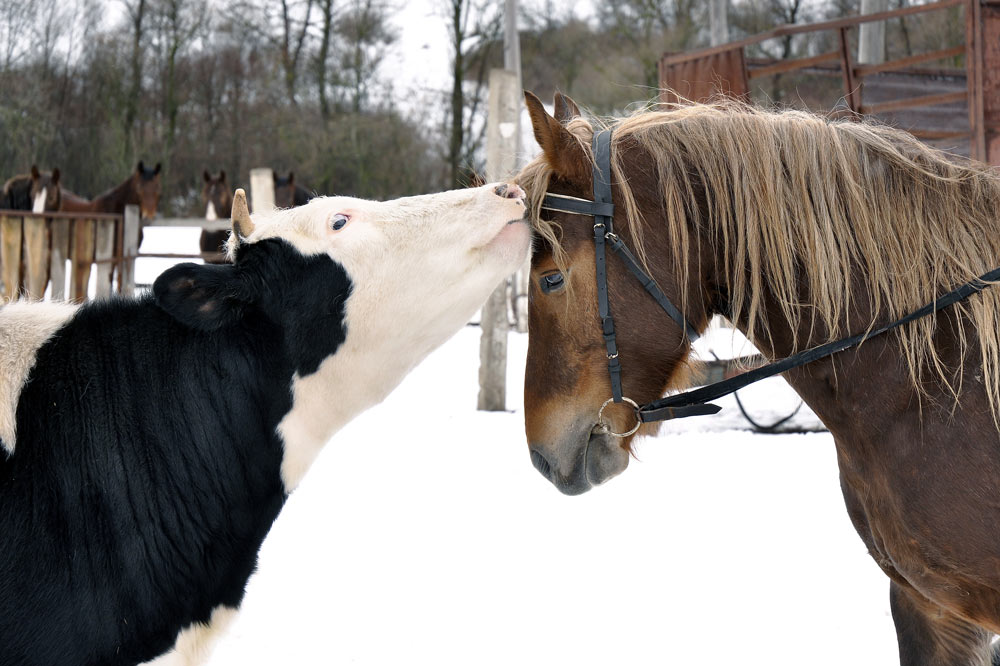
We all lived harmoniously together. Influence, the pony, and the pig, once grown to 100 lbs, all slept together in one big pile of hay, with the llamas and Bessy, the cow, right across from them, in the falling down lean-to shelter we euphemistically called a “barn.”
One early morning before dawn, one of the six horses we ultimately rescued, Brio, an 18-hand show horse gelding that had gone lame, was neighing loudly outside my tent. I went to see what the fuss was all about and discovered a baby llama had just been born. Brio proudly told me it was “his baby,” and I realized that Brio knew that he was just as much a parent of this new member of the community as the llama mother and father.
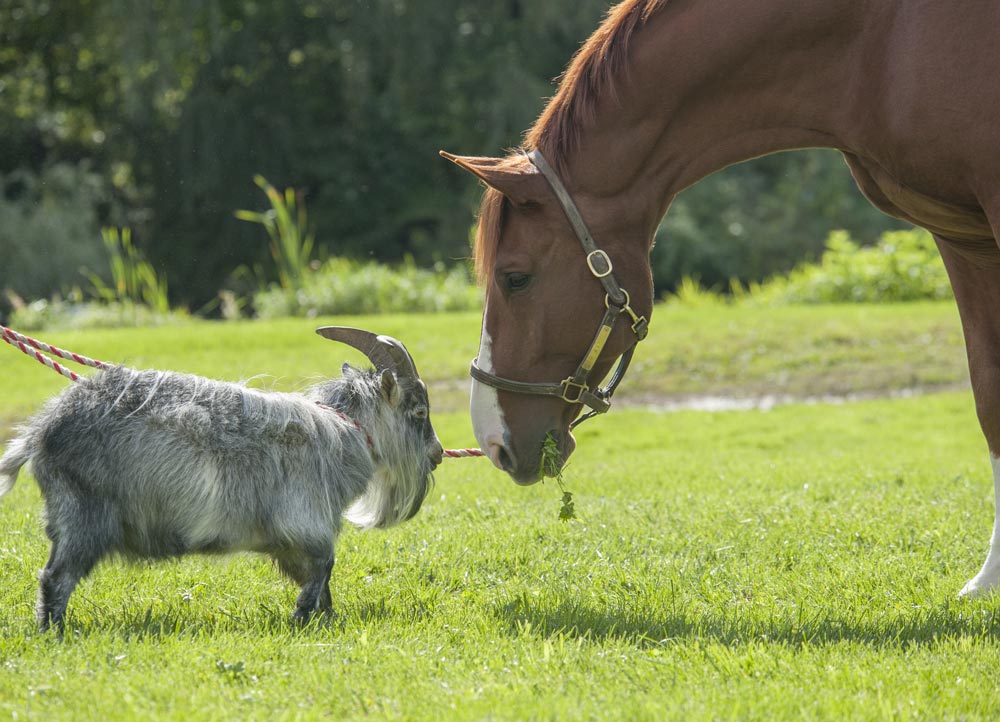
We were a family. I listened to what the animals said to me, and listened into what they said to each other. Every night, I sat with them as the sun went down, meditating with them, the llamas kneeling in front of me, facing the setting sun. We respected each other’s needs and abilities, and treated each other with humor and love.
Animals teach us how to live in community. They don’t look at another and discriminate, thinking he’s the wrong color, the wrong gender, the wrong sexual orientation, the wrong species. A stray baby animal can be raised by the mother of another species without a problem. It’s how we should all be living.
In this time of global conflict and unrest, it’s important to remember that if animals of different species can adjust to each other – if show horses can parent baby llamas – then we should be able to get over our own petty differences and live together in peace. Of course, that requires each of us to set aside our ego and go on a journey towards higher consciousness.
That is the mission of the Deborah King Center. And if you’d like to share in that mission, to help transform the world and be an agent of change, then perhaps you are right for my year-long Master-in-Training program (learn what you could experience here).
